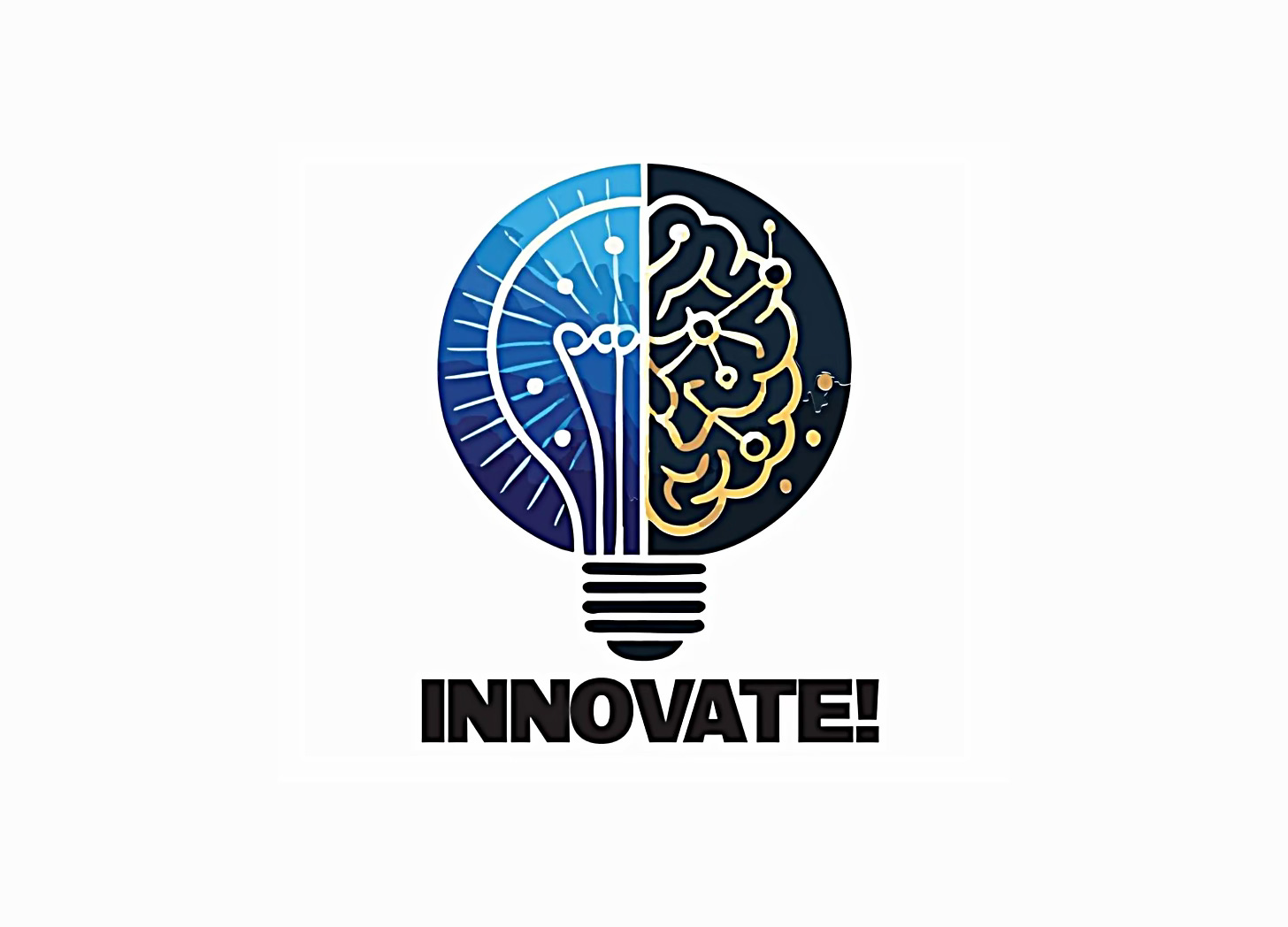Innovate: Freedom to build—how GAMMA, additive manufacturing can forge Guam’s tech independence
Published at guampdn.com first and third Fridays
published guampdn.com July 4, 2025
This Independence Day, let’s remember the Founding Fathers didn’t just declare freedom—they built it.
They forged it in blacksmith shops, printed it on hand-cranked presses, and sewed it into every flag that flew over their cause. If they lived today, they’d be working in 3D printing labs and advanced manufacturing accelerators, building the future they wanted to live.
That’s exactly what we must do in Guam.
Because the 21st century will belong to the people who build things. And for Guam, that path runs through the Guam Additive Materials & Manufacturing Accelerator, GAMMA.
Gov. Lou Leon Guerrero’s GAMMA initiative, in collaboration with the U.S. Navy and the Applied Science & Technology Research Organization, ASTRO, was a brilliant and farsighted plan to put Guam on the cutting-edge of high tech and simultaneously leverage our way back into ship and submarine repair on the island.
GAMMA: 21st-century forge
Globally, additive manufacturing or 3D printing is on a tear. It is projected to become a $100 billion industry by 2030.
We’re not just talking about toys and trinkets. We’re talking about printing metal aircraft components, submarine parts, entire homes, and even rocket engines.
The U.S. Navy and major defense primes are already investing heavily, recognizing that additive manufacturing slashes lead times, reduces costs, and enables rapid repair and prototyping—right where it’s needed.
The Department of Defense’s Regional Sustainment Framework and U.S. Indo-Pacific Command’s push for forward sustainment capabilities in the Pacific present Guam with a historic opportunity.
We are the “tip of the spear.” Guam’s geography can be leveraged to transform Guam into the advanced ship and submarine repair hub the Navy urgently needs, while becoming a beacon of innovation across the Pacific.
Imagine this: a damaged submarine pulls into Apra Harbor, and instead of waiting months for parts from the mainland, the parts are 3D printed in Guam within days.
Imagine advanced Maintenance, Repair & Overhaul, MRO, processes using Artificial Intelligence, AI, Internet-of-Things, IoT, sensors, and additive manufacturing integrated into our workflows, turning Guam from “just a forward base” into a center of innovation and industrial capability for the region.
Once Guam gets known for advanced MRO in ship and submarine repair, aircraft and component sustainment workloads will follow, then heavy equipment, and eventually port logistics and commercial industries.
All hands on deck
But here’s the hard truth: this will not happen unless we act.
We can create a demand signal for workforce development across engineering, heavy repair, high-tech welding, advanced composites, IoT systems integration, additive design, and AI-enabled maintenance technologies.
Granted, Guam has many challenges today. However, the first and most important challenge that must be tackled to transform the island’s economy is the development of our workforce.
The type of industry we want will not come until we show clear, rapid improvement in our workforce pipeline. Guam Community College and the GCA Trades Academy have made laudable efforts working with companies like Cabras Marine to develop a ship repair workforce development pipeline.
But our workforce ship repair capabilities must be built beyond commercial and basic afloat maintenance. We need to be building our workforce capabilities to meet the exacting standards of Naval Sea Systems Command requirements.
We need to train our people to meet this moment—young high school graduates, mid-career workers looking for new opportunities, and retirees wanting to contribute to Guam’s future. This must be an “all hands-on deck” rallying cry, because the tomorrow we want will not build itself.
We should be as determined as those who signed their names to the Declaration of Independence, knowing that their actions would shape the destiny of a nation. We stand at that kind of crossroads for Guam’s economic destiny.
The Makerspace Revolution
While GAMMA becomes Guam’s advanced manufacturing forge, the Guam Green Growth Makerspace is its smaller, but essential sibling.
It empowers entrepreneurs to prototype locally, use recycled materials, and drive sustainability in manufacturing. It’s a place where a local artist can design recycled ocean-plastic furniture, a student can prototype drone parts, and a small business can develop products for export—all while reducing our reliance on costly imports and lengthy shipping delays.
This is how we build local supply chains, diversify our economy, and empower the next generation of makers to think, build—and innovate right here in Guam.
Independence Day challenge
Independence is not a one-time declaration; it is a constant commitment to building the systems that sustain freedom.
For Guam, that means seizing this unique confluence of global technology trends, the DoD’s Pacific shift, and our geographic gift to create an economy that builds, repairs, and innovates for ourselves and the region.
Let’s light a new kind of fire this Independence Day—one that will keep burning long after the fireworks fade, forging a future of resilience, prosperity, and freedom for Guam.
Our future depends on our ability to always be innovating.
Robert Jackson is the president of The M.O.S.T. Services. He is a retired Air Force colonel with 27 years service. Jackson is experienced in acquisition, logistics, business development, quality and process improvement in the federal government and the private sector. He hosts The Innovate Guam Podcast. You can contact him at rob.jackson@themostservices.com.




